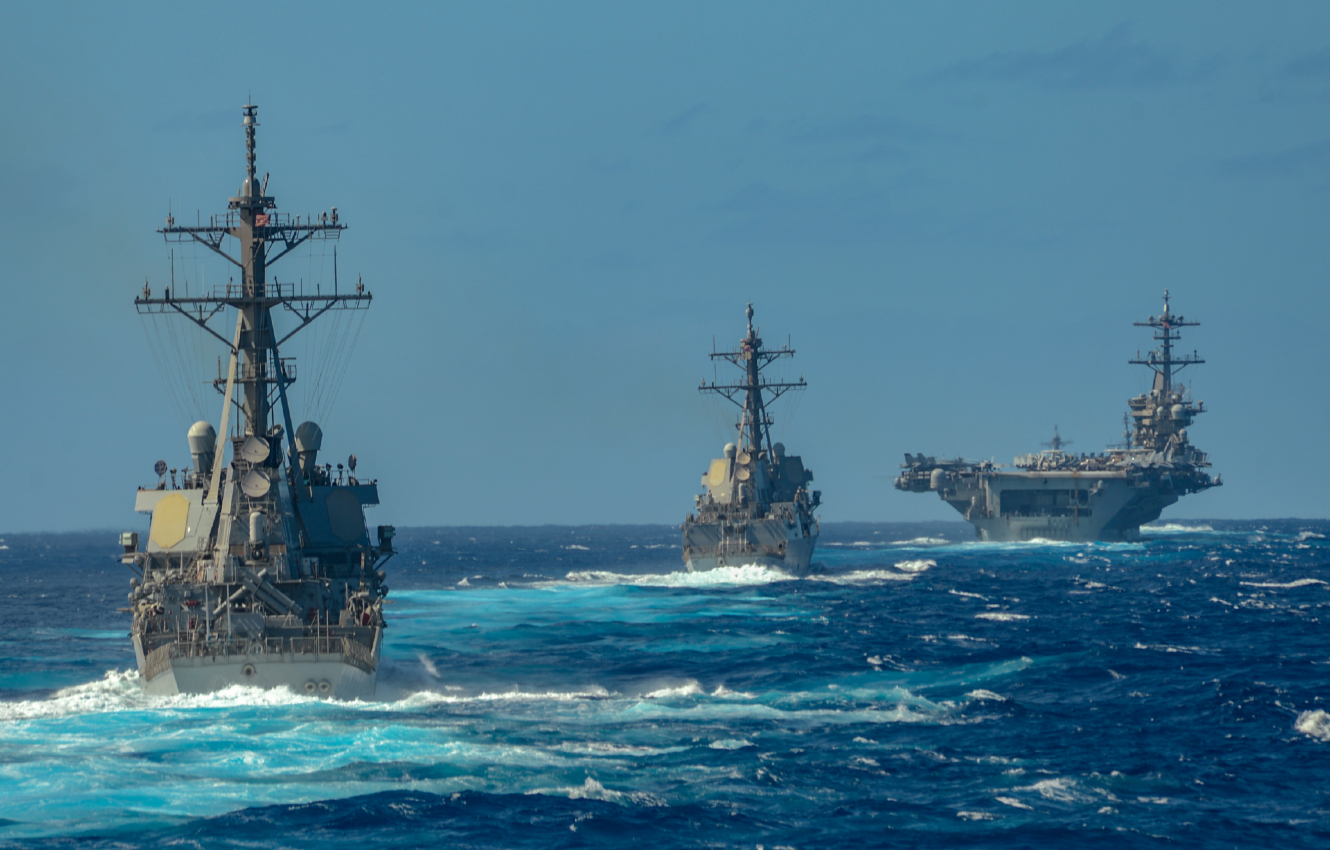Why Another Sino-Indian War Is Unlikely
Current tensions are concerning, but the situation is much different today than in 1962.
By
Ameya Pratap Singh
June 01, 2020
In this Oct. 10, 2019 file photo, an Indian schoolgirl wears a face mask of Chinese President Xi Jinping to welcome him on the eve of his visit in Chennai, India.
Credit: AP Photo/R. Parthibhan, File
Starting with hand-to-hand scuffles and violent clashes between about 250 Indian and Chinese military personnel at Pangong Tso, a large lake in eastern Ladakh region, on May 5, the Sino-Indian border has emerged as a site of increasing military confrontation between the two Asian powers. The disputed border regions are heavy with risks of escalation and conflict.
Some Indian
sources claim that as many as 10,000 soldiers of the People’s Liberation Army have encroached upon Indian territory. Based on media reports, Lieutenant General H.S. Panag (retd.) speculates that the Chinese have “physically secured
3-4 km of India’s territory along Galwan River, and the entire area between Finger 5 and Finger 8 along the north bank of Pangong Tso, a distance of nearly 8-10 km.” Chinese sources in turn
blame India for having first crossed the Line of Actual Control (LAC) in Galwan, and entering Chinese territory in Aksai Chin. Both states have varying perceptions of the LAC, and attempts to clarify its alignment have stalled since
2002. Therefore, claims of incursions on both sides are debatable.
The dynamics of escalation have perturbed policy analysts. Rajeswari Pillai Rajagopalan
argues that “if China has indeed moved forward and built roads and check-posts beyond where it has traditionally had such facilities, India faces a fait accompli. New Delhi faces the choice of either escalating or accepting the new reality on the ground.” A former Indian ambassador to China, Ashok Kantha, also expressed his anxieties at Chinese attempts to alter the “status quo” on the
border. Similarly, China has
accused the “Indian Army of crossing into its territory and of blocking its patrols and attempting to unilaterally change the status on the LAC between the two countries in Sikkim and Ladakh.” As the crisis has escalated, both sides have sought a multifold increase in the military forces, fighter jets, helicopters, and towed artillery and ammunition stockpiled in the region, to better signal resolve and secure deterrence
capabilities.
So far, the behavior of both parties seems to be reproducing what Robert Jervis has
referred to as the “security dilemma spiral.” In response to China’s historically dominant military and infrastructure position in the border areas, which predates the 1962 Sino-Indian War, India has long sought to
ramp up its road building capabilities under its Border Roads Organization (BRO). In November 2019, the BRO finally
completed the first phase of road networks envisioned under the Cabinet Committee on Security (CCS) in 1999 to bolster Indian patrolling along the Sino-Indian border. Close to 61 roads along the India-China border totaling 3,346 km have been constructed. In particular, roads built through the finger area of Pangong Tso region, and connecting the Darbuk-Shayok-Daulat Beg Oldie road in Galwan Valley, are most likely to have aggravated Chinese
fears of India wanting to reclaim its lost territory in Aksai Chin. Similarly, during the Doklam crisis in 2017, it was China’s road-building that elicited a military stand-off from
India. Thus, both states in their pursuit of effective deterrence in border areas have used policies that have served to heighten concerns surrounding each other’s military motivations, progressively escalating subsequent border disputes, and leading to the presently hostile situation.
However, contrary to widespread
fears, another Sino-Indian war is unlikely to be in the offing. In the shadow of nuclear weapons, a limited conventional war on the Sino-Indian border — somewhat akin to the month-long clash in 1962 – can be avoided for several reasons.
Enjoying this article? Click here to subscribe for full access. Just $5 a month.
First, this is because of the nature of the dispute and the lack of ideological fundamentalism and issue indivisibility. Unlike the United States, which has increasingly begun to view the geopolitical competition with China as a battle for values such as freedom of navigation or democracy or the preservation of the liberal international order, India and China do not see each other through such an ideological lens. The authoritarian regime of the Chinese Community Party is not perceived to be antithetical to India’s democratic character, and vice versa. India’s long-term strategy, as former Foreign Secretary Vijay Gokhale puts it, is to retain its strategic autonomy, and pursue alignments based “on issues, not
ideology.”
Hence, while both parties have been cautious of each other’s maneuvers on the border, they have refrained from linking these to existential attributes of national identity, which are notorious for inflating the significance of disputed territories — for example in the case of Kashmir, Tibet, or Taiwan. In fact, Beijing has long held that the border dispute is a remnant of British colonialism and its reckless cartographic practices, rather than being driven by India’s territorial expansionism. On the Indian side, Army Chief General Manoj Mukund
Naravane, in a break from traditional bouts of recrimination between adversaries, accepted that due to differing notions of the LAC, “
both sides” were guilty of aggressive behavior in Eastern Ladakh and North Sikkim. This choice of words effectively yielded the use of any victimhood narratives that could be mobilized to create moral justification for retaliatory action.
Second, the risks of inadvertent pre-emption are also not nearly as high as they were in 1962, when Nehru’s ill-fated “
forward policy” was met by overwhelming Chinese military force. This is because of a series of
five agreements signed between India and China to address disputes arising over the LAC: 1) the
1993 Agreement on the Maintenance of Peace and Tranquility along the LAC; 2) the
1996 Agreement on Confidence-Building Measures in the Military Field Along the LAC, 3) the
2005 Protocol on Modalities for the Implementation of Confidence-Building Measures in the Military Field Along the LAC; 4) the
2012 Agreement on the Establishment of a Working Mechanism for Consultation and Coordination on India-China Border Affairs; and 5) the
2013 Border Defense Cooperation Agreement.
These agreements provide a modus operandi for diplomatic engagement at the military and political levels, as well as a set of “status quo” commitments both sides can return to in case of escalation. They proved
effective during the 16-day stand-off between Indian and Chinese forces in eastern Ladakh near the village of Chumar, the military confrontation at Burtse in the Depsang plains in northern Ladakh in 2015, and the Doklam crisis in 2017.
Indian Ministry of External Affairs spokesperson Anurag Srivastava has also affirmed New Delhi’s intention to de-escalate the current stand-off based on these
agreements. He
stated that “the two sides [already] have established mechanisms to resolve such situations peacefully through dialogue.” Similarly, the Chinese official statement also reiterated Beijing’s commitment “to uphold peace and
tranquility in border areas.” Summit diplomacy is likely to return if the crisis escalates further.
Third is the element of ambiguity and the “fog” surrounding the details of the military stand-off. Typically, analysts have viewed “nationalist strongmen” as promoters of aggressive state
behavior. But, in this case, the ability of both governments to control national media, and the inscrutability of the facts related to the dispute, aided efforts to manage domestic audience costs. For instance, media reports of 15-20 personnel of the Indo-Tibetan Border Police force being detained by the Chinese were categorically refuted by the Indian
side. This meant that no domestic pressure for retaliation arose and no great reputational damage was suffered. In the aftermath of the Doklam crisis, similar ambiguity allowed both sides to claim tactical victories for
themselves and diffuse the situation successfully. In India, criticism has been incrementally rising with respect to the Modi government’s lack of
transparency on the matter, but it is unlikely to reach electorally harmful proportions.
Lastly, the material costs of limited war for both parties far outweigh potential gains. For China, conflict on the border with India would diminish its ability to meet key security challenges in the South China Sea, thus making it vulnerable to the United States, which Beijing considers its primary security competitor. It seems unlikely that Beijing would want to risk a two-front war. Additionally, reputational
damages suffered due to COVID-19, pre-existing
fears surrounding China’s rise, and India’s conventional and nuclear deterrence
capabilities will all temper Beijing’s pre-emptive use of military force. Similarly, for India, the primary security challenge remains Pakistan-based terrorist infiltration on the Kashmir border. More importantly, beyond the protection of vital strategic points on either side that allow military forces to effectively defend and patrol their territories in challenging high-altitude mountainous regions, the vast tracts of disputed land along the LAC do not hold any important material resources such as oil, precious mineral reserves, or ethnic-kin populations. The benefits of territorial aggrandizement are therefore, limited to deterrence value and the natural terrain offers few advantages to offensive forces.
Diplomat Brief
Weekly Newsletter
N
Get
first-read access to major articles yet to be released, as well as links to thought-provoking commentaries and in-depth articles from our Asia-Pacific correspondents.
Subscribe Newsletter
The implausibility of war however, does not imply that either side will yield recourse to
fait accompli strategies or cease to fortify and buttress military positions in border areas. According to a report by former Indian foreign secretary Shyam Saran, China had earlier occupied 640 sq. km of Indian territory in Eastern Ladakh in
2013. So India will continue to reverse China’s military and infrastructure advantages to deter territorial overtures in the future, and China is likely to continue to raise the costs of India’s attempts at doing so.
Moving forward, the two states need to manage their rivalry, rather than hastily attempt to resolve outstanding border issues. The shifting axis of material power means that a negotiated solution is unlikely to be realized
soon. As military scuffles rise, further elaborating de-escalation protocols and intensifying military to military dialogue and confidence building measures will prove most rewarding. Until the border dispute is ripe for settlement, India and China must carefully navigate the treacherous terrain between partnership and full-spectrum rivalry.
Ameya Pratap Singh is a DPhil student in Area Studies (South Asia) at the University of Oxford.
posted for fair use
Current tensions are concerning, but the situation is much different today than in 1962.
thediplomat.com
 www.timebomb2000.com
(421) 05-23-2020-to-05-29-2020___****THE****WINDS****of****WAR****
www.timebomb2000.com
(421) 05-23-2020-to-05-29-2020___****THE****WINDS****of****WAR**** www.timebomb2000.com
www.timebomb2000.com
 www.timebomb2000.com
www.timebomb2000.com



:quality(70)/cloudfront-us-east-1.images.arcpublishing.com/archetype/ZW4UXGMJZBB3HEYYH2G5PD6BNA.jpg)
/cloudfront-us-east-1.images.arcpublishing.com/mco/ZW4UXGMJZBB3HEYYH2G5PD6BNA.jpg)
/cloudfront-us-east-1.images.arcpublishing.com/mco/GP5FX6GFRZCCXDLDPSR72JYBMY.jpg)






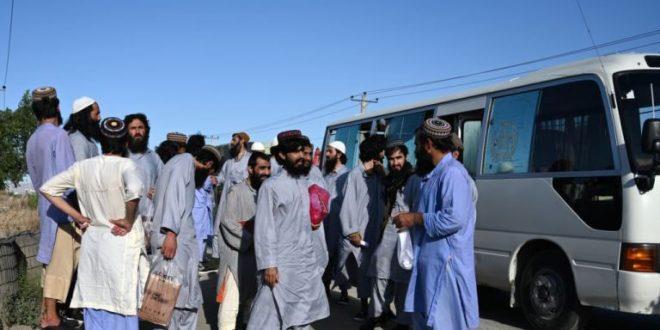


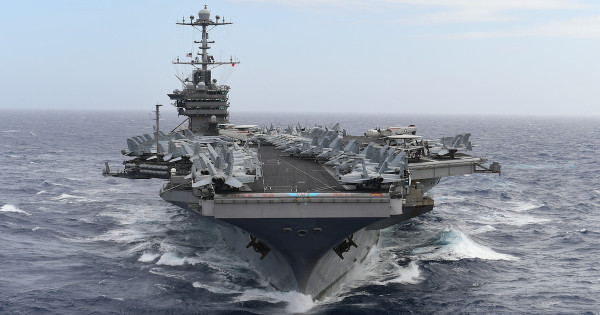

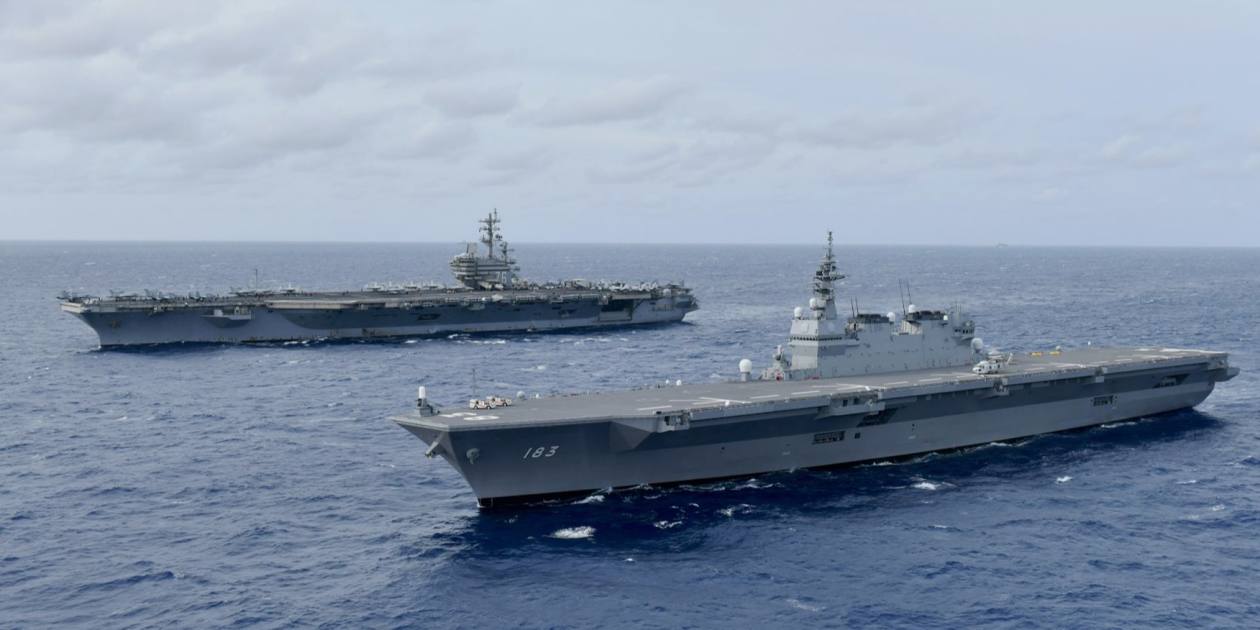






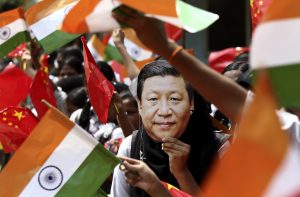




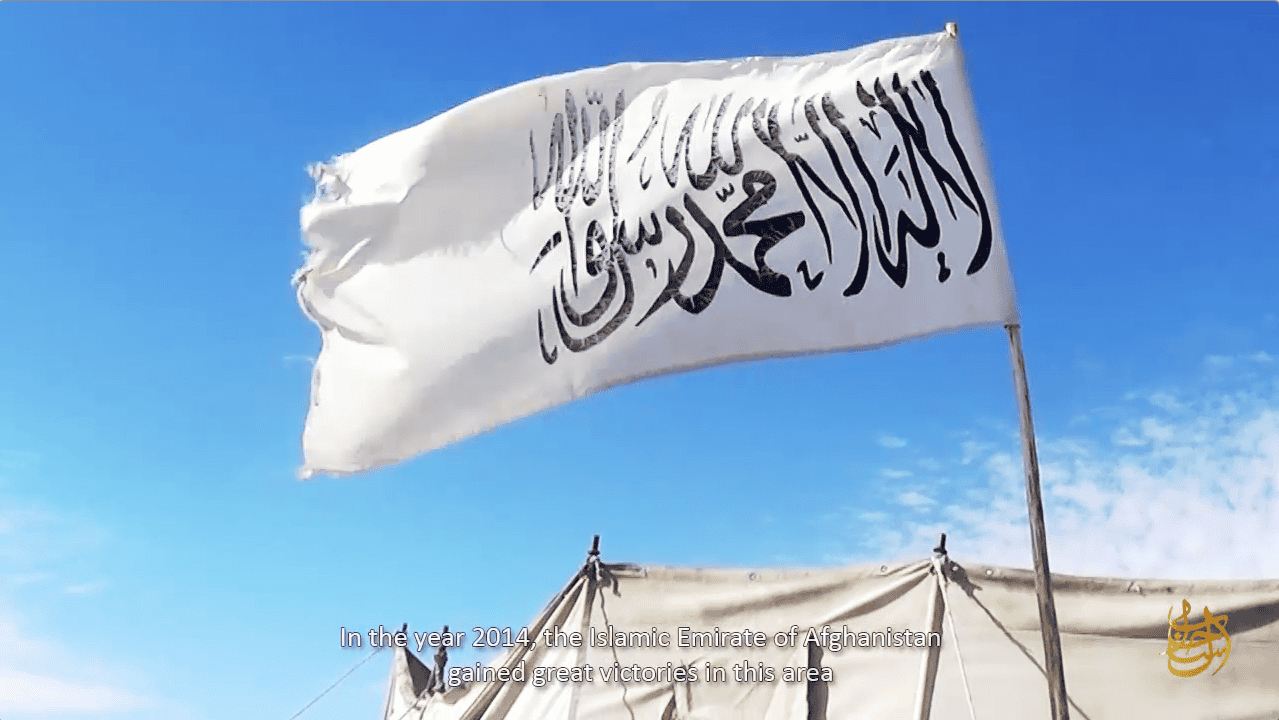
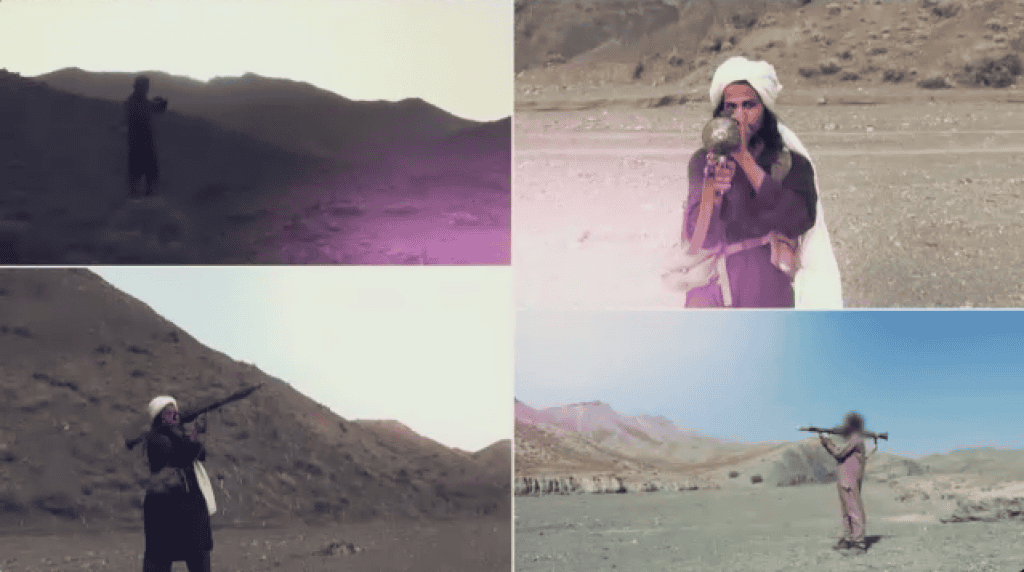










:quality(70)/cloudfront-us-east-1.images.arcpublishing.com/archetype/WVCYCBLZJJC6RDOZ2Y3OFQ5GOU.jpg)
/cloudfront-us-east-1.images.arcpublishing.com/mco/WVCYCBLZJJC6RDOZ2Y3OFQ5GOU.jpg)




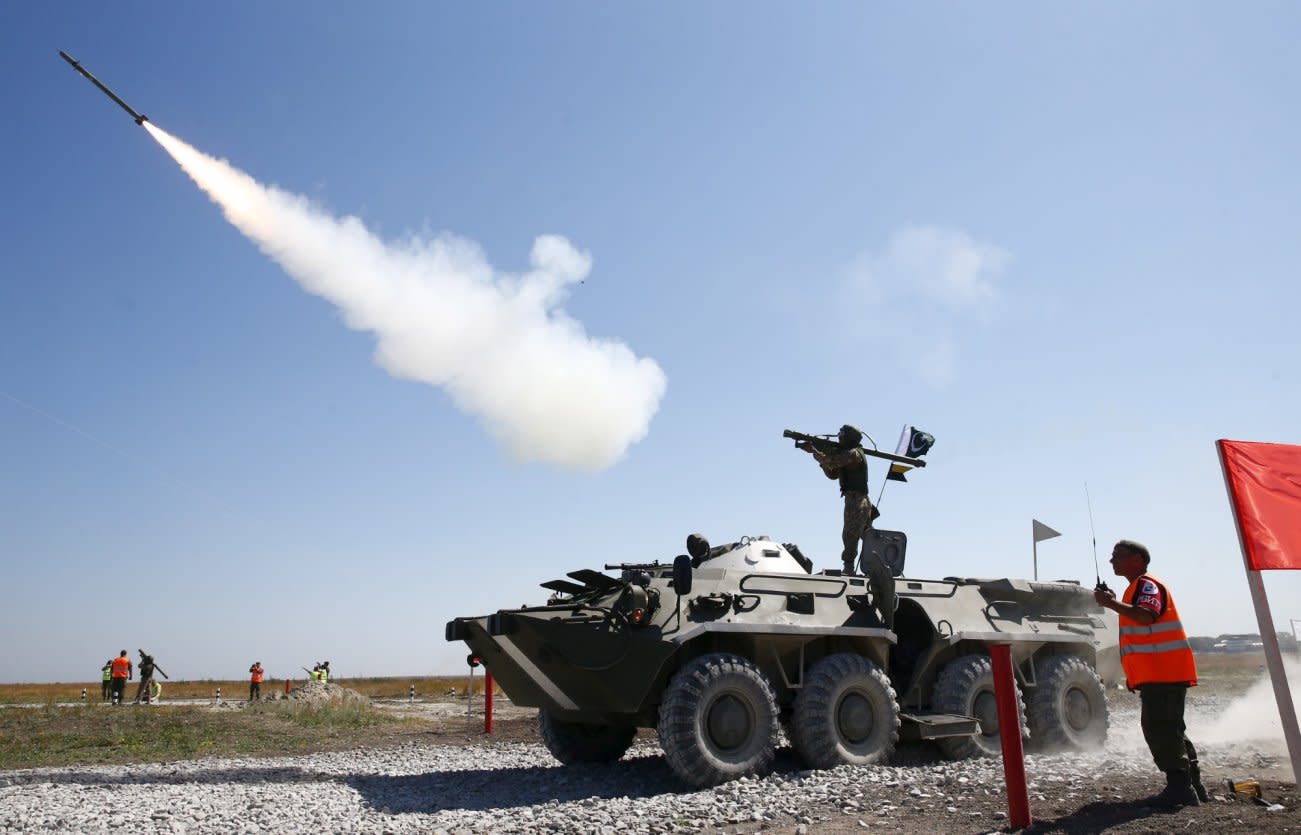
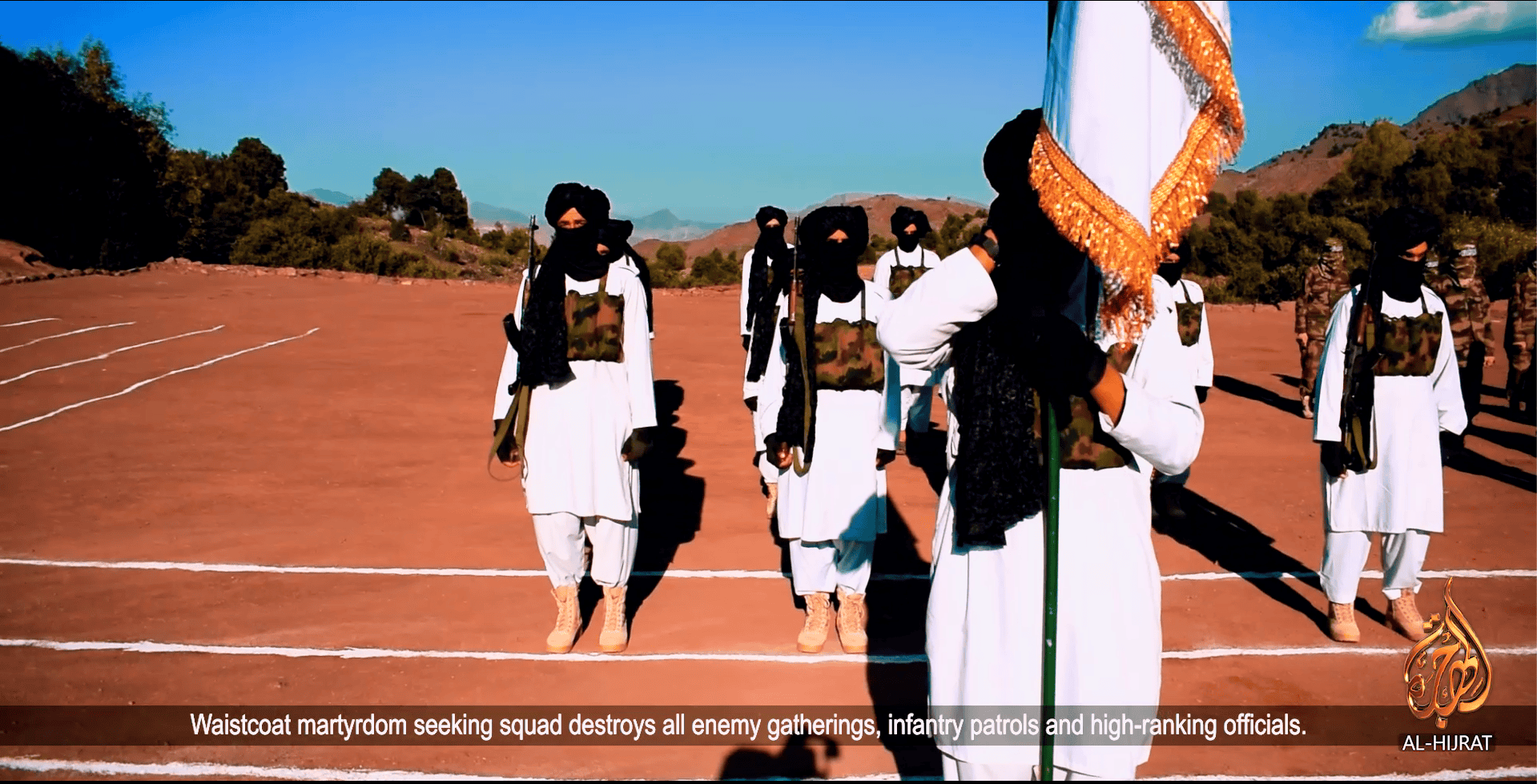
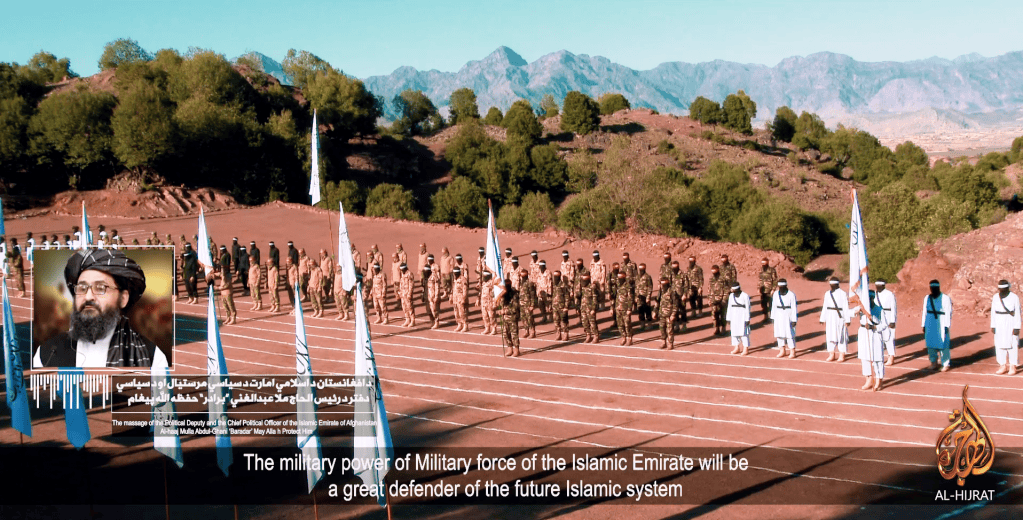
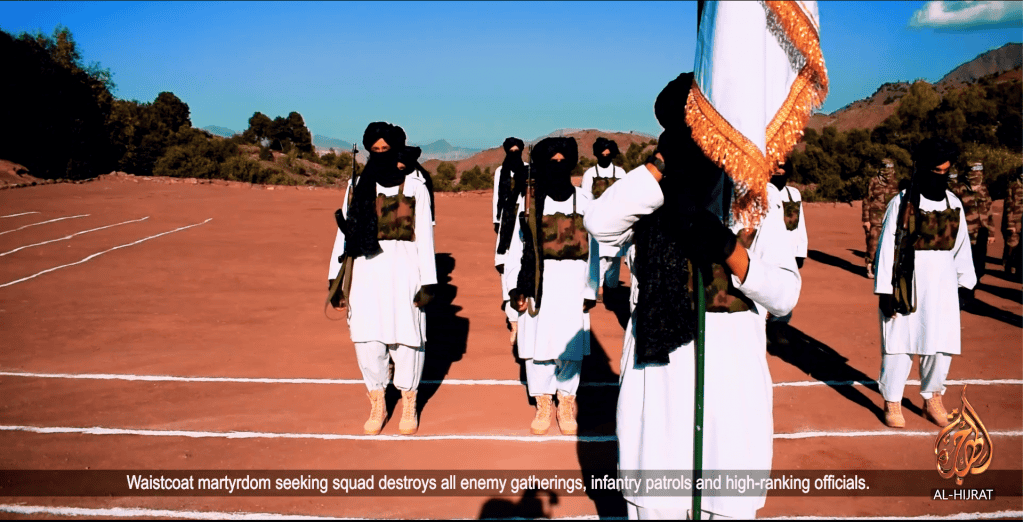
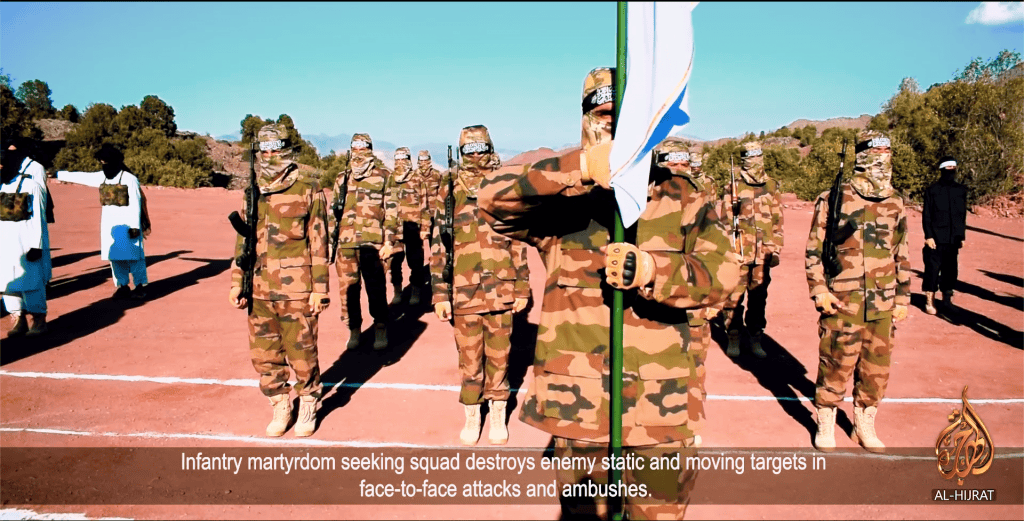
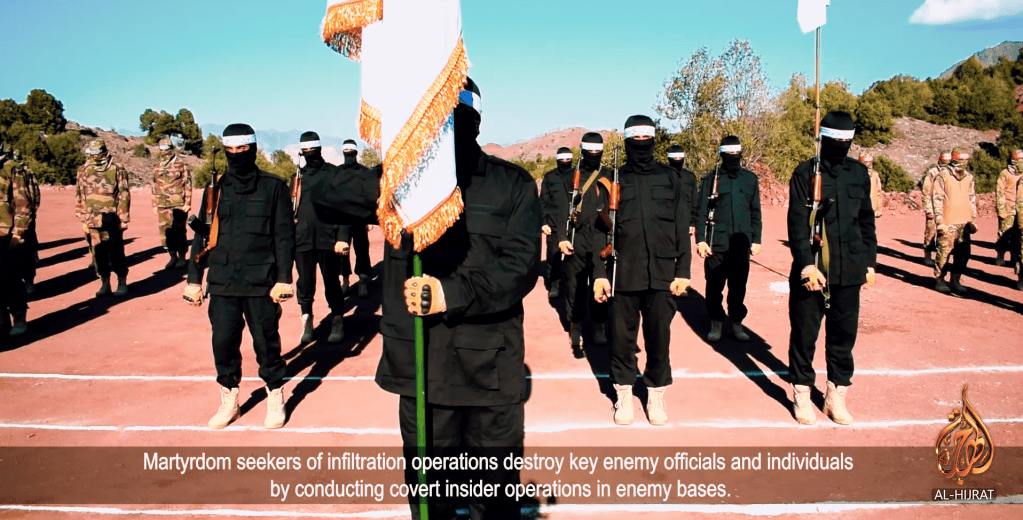
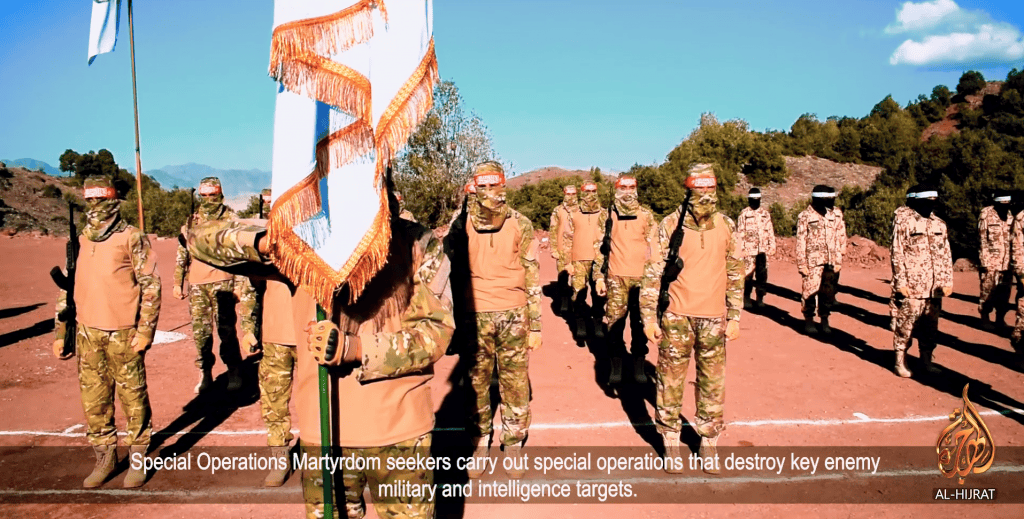
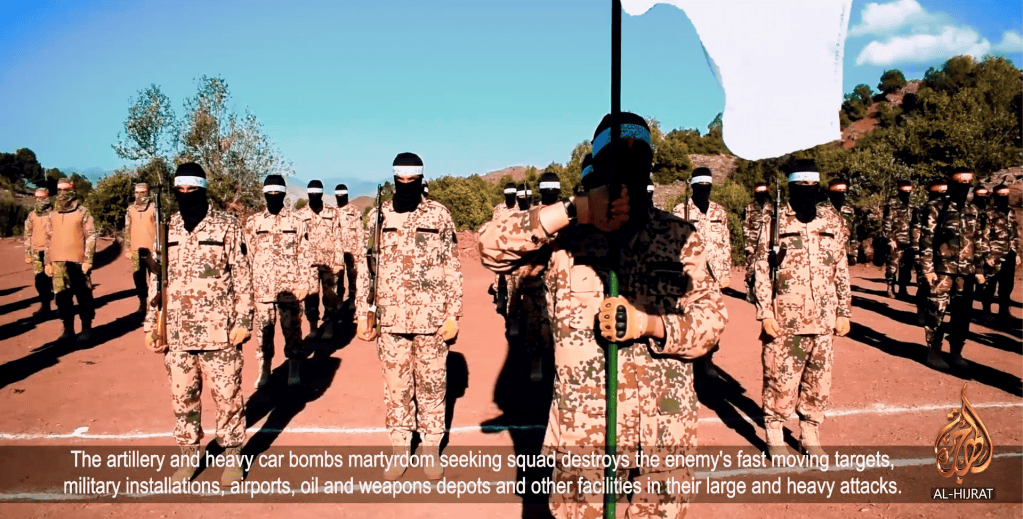
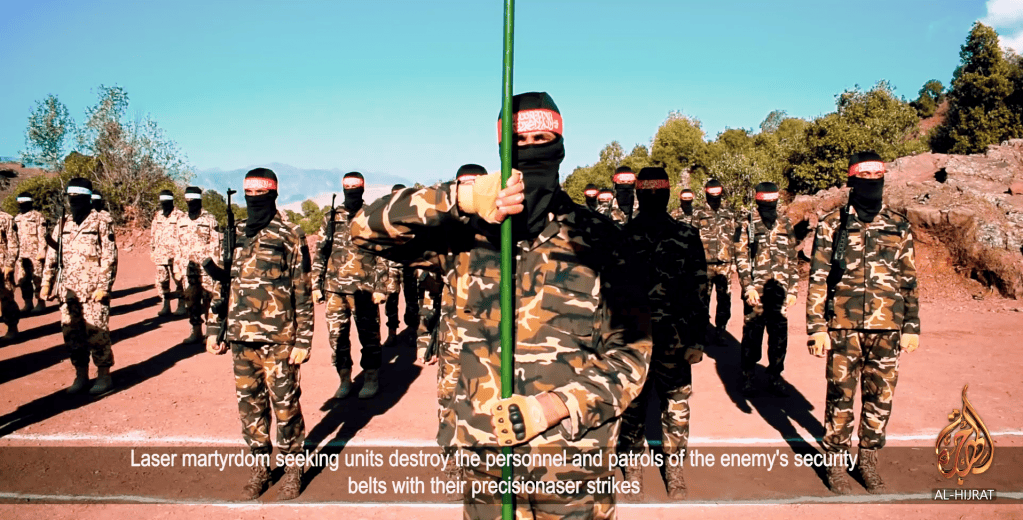
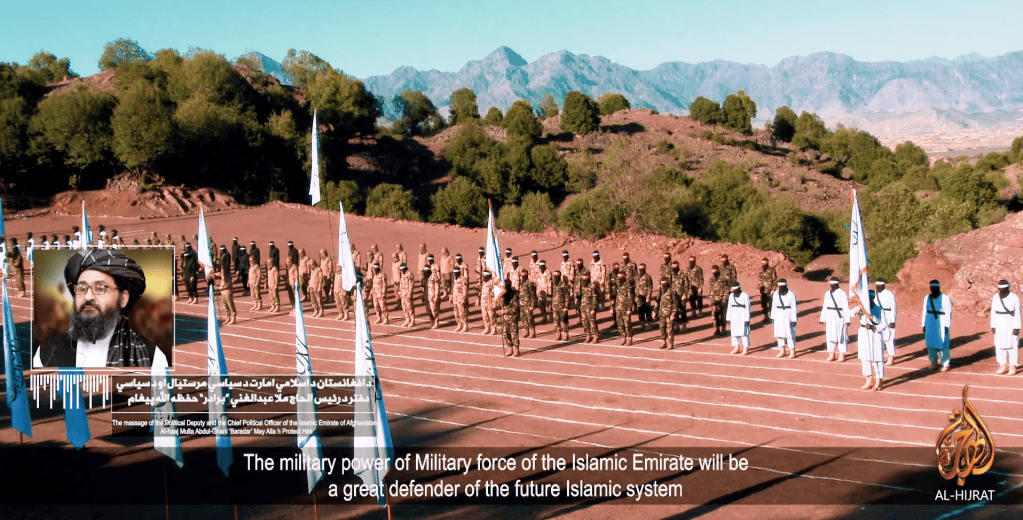


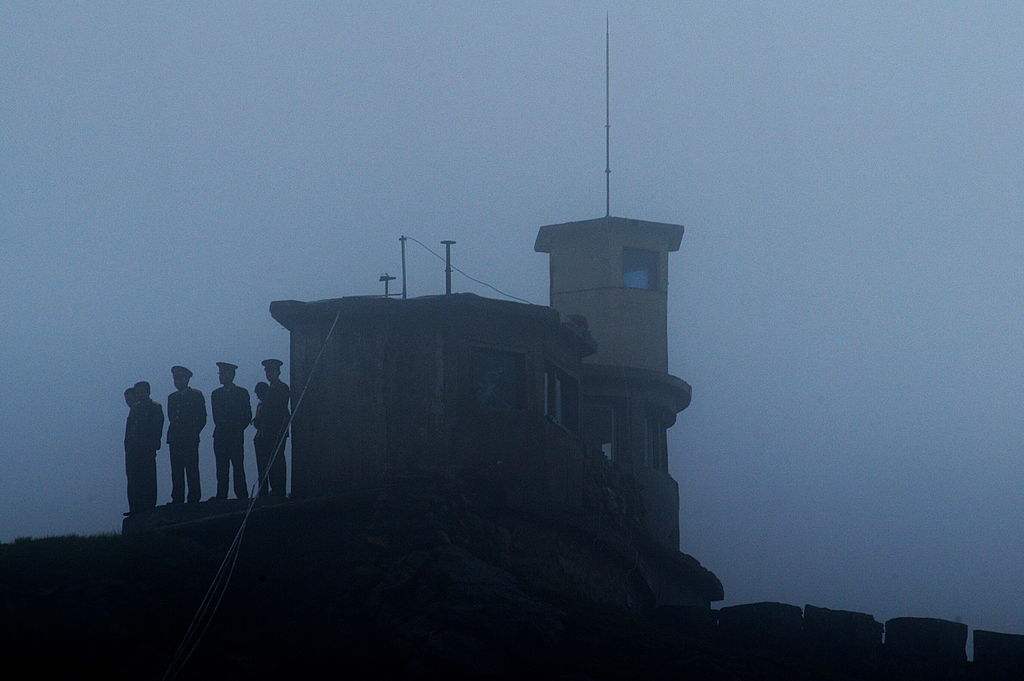
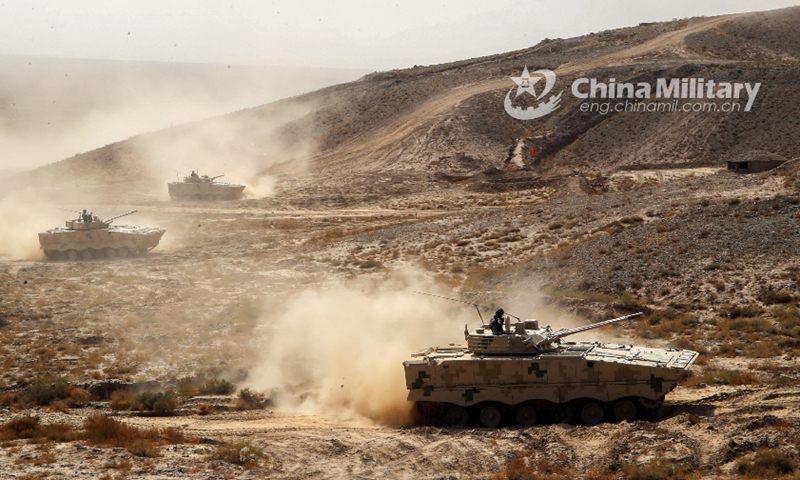


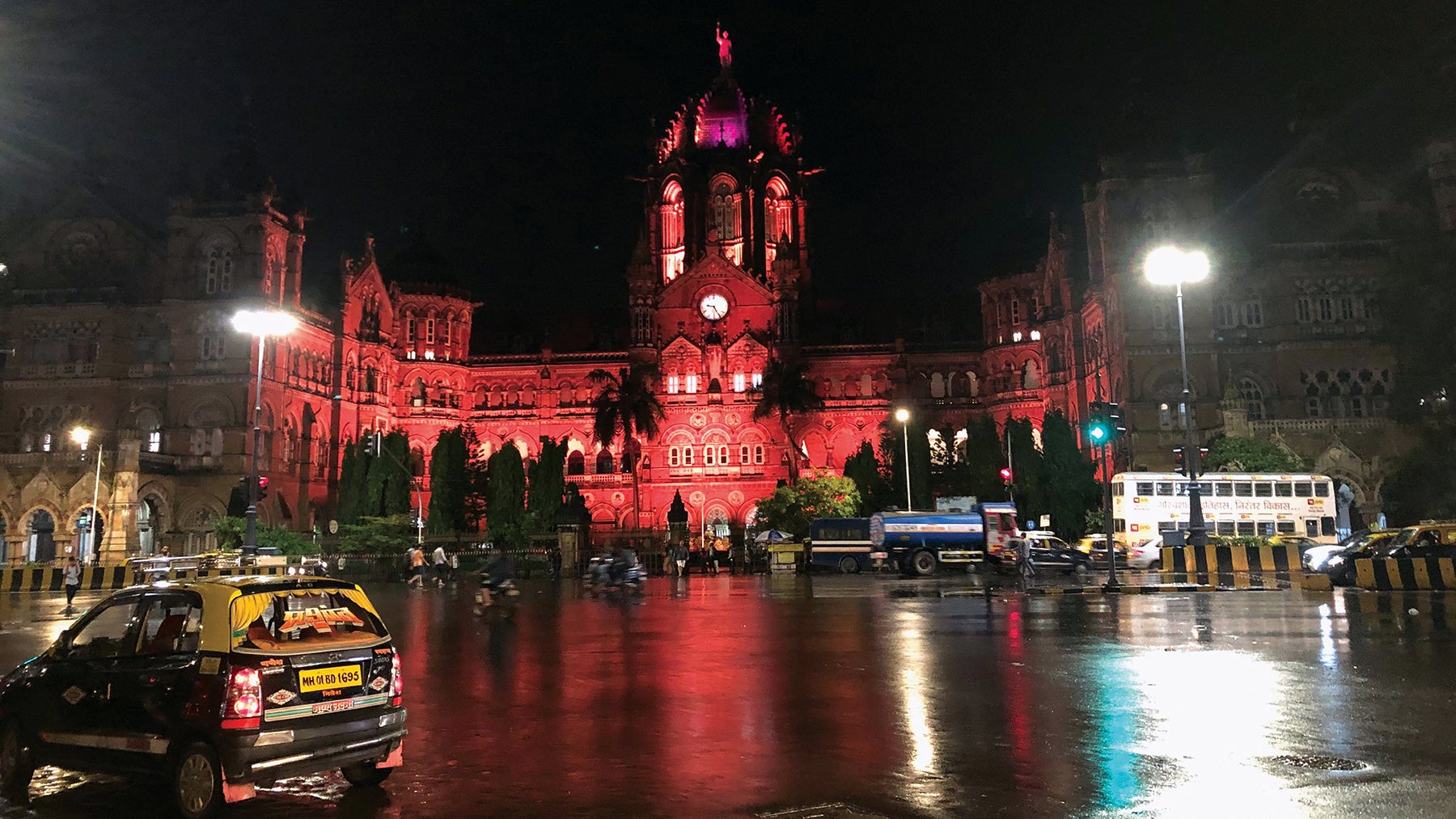















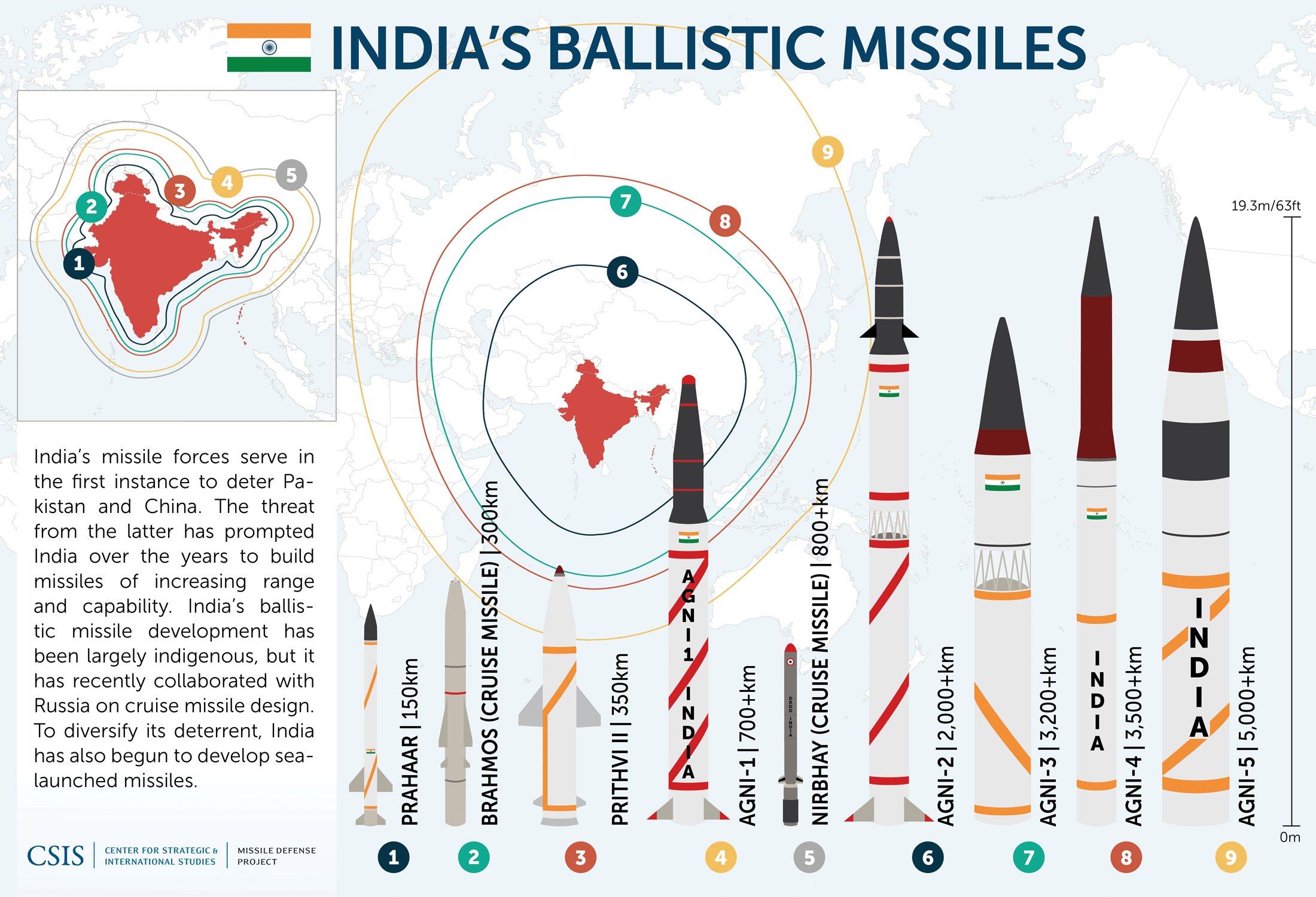


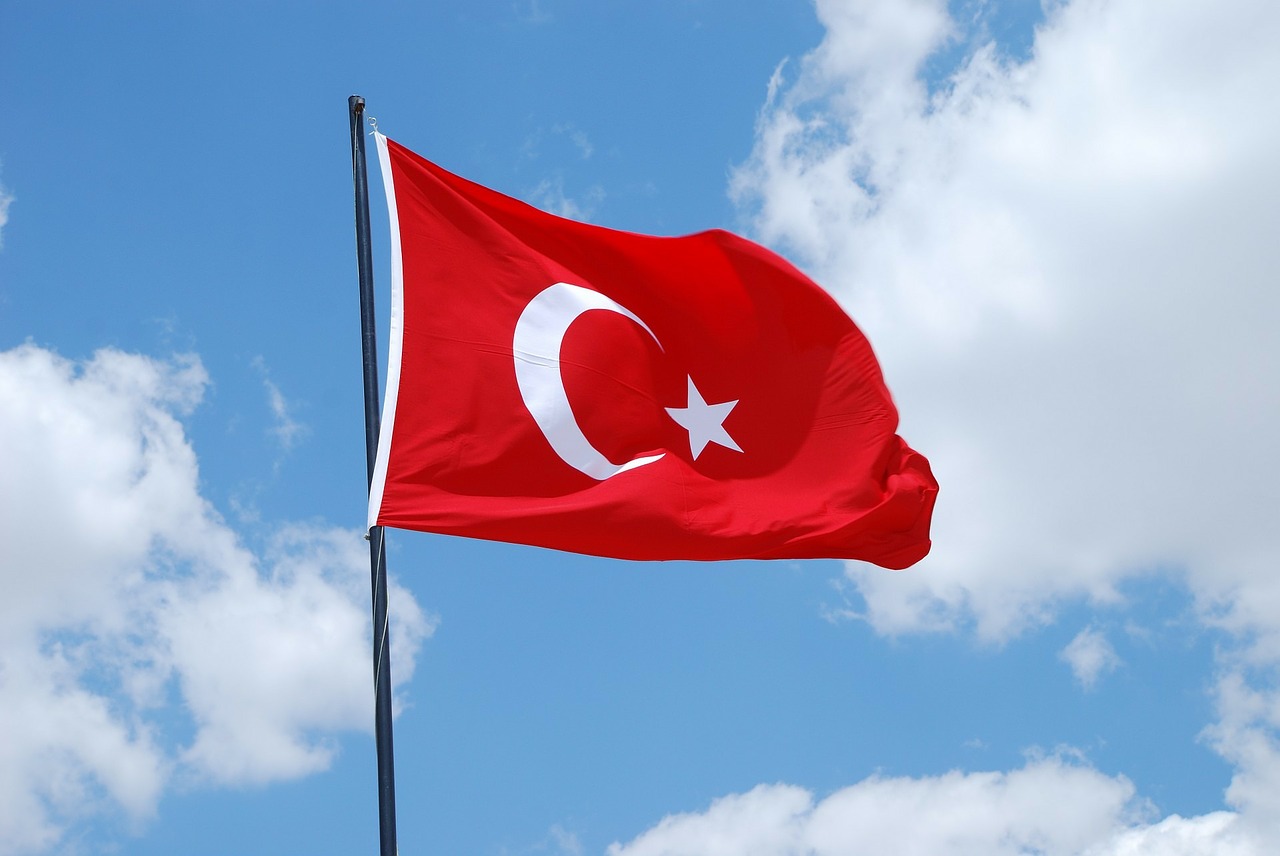

 עברית (Hebrew)
עברית (Hebrew)
